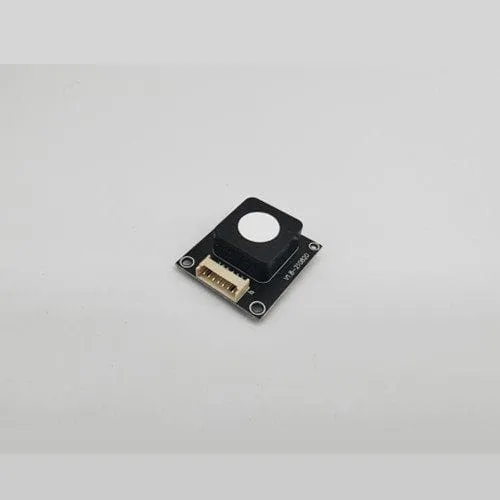Formaldehyde Sensors
-
Electrochemical Formaldehyde Sensor, Anti-jamming
Electrochemical Formaldehyde Sensor Maker: Electrochemical Sensors for Formaldehyde Detection, Anti-jamming, Temperature & Humidity Compensation, Long Lifespan.
-
PM2.5 PM10 TVOC CO2 Formaldehyde Temperature Humidity Sensor
We Provide PM2.5 PM10 TVOC CO2 Formaldehyde Temperature Detectors, All-in-one Integrated Air Quality Detection Module, PM 1.0, PM2.5, CO2, TVOC, Humiture.
-
Laser Electrochemical Formaldehyde Sensor
We Provide Electrochemical Formaldehyde Sensors, High Precision Electrochemical Formaldehyde Sensors, and Detection of All-in-one modules in the air by Laser.
-
CH2O Air Purifier Formaldehyde Detector Sensor
CH2O Air Purifier Formaldehyde Detector Maker: CH2O Air Purifier Formaldehyde Detector Sensors, 0-2 ppm, 25.5 *23 *6.4 mm, 15 g, UART TTL, 9600 bps.
-
CH2O Air Quality Formaldehyde Sensor
CH2O Air Quality Formaldehyde Sensor Provider: CH2O Air Quality Sensor Module Formaldehyde Sensors, 0-2 ppm, 4.5-5.5 VDC, UART TTL.
-
CH2O Air Purifier Formaldehyde Detection Module
CH2O Air Purifier Formaldehyde Detection Module Supplier: CH2O Air Purifier Formaldehyde Detectors, 4.5-5.5 VDC, 9600 bps, Simple And Easy To Operate.
-
CH2O Formaldehyde Sensor, Electrochemistry Detecting
CH2O Formaldehyde Sensor Supplier: CH2O Formaldehyde Sensors, Electrochemistry Detecting, DC 5V±0.5V, Ripple wave < 50 mV, UART TTL 9600 PBS.
Formaldehyde sensors on the market are mainly electrochemical and semiconductor gas sensors. The working principle of the electrochemical formaldehyde sensor is based on chemical electrode reactions. And it mainly contains a working electrode and an active auxiliary electrode. The signals from the auxiliary electrode and the working electrode can be used for temperature compensation to enhance the selectivity of the whole sensor. The formaldehyde and oxygen undergo corresponding redox reactions on the working and counter electrode, and the charge is released to form a current. Hence, the concentration of formaldehyde can be determined by the current, and quantitative detection can be achieved.
And the principle of the semiconductor formaldehyde sensor is that under certain temperature conditions, when the gas to be measured reaches the surface of the semiconductor sensitive material, it will chemically react with the oxygen absorbed on the surface, leading to the change of the resistance of the semiconductor material. The gas concentration can be monitored by measuring this change. The semiconductor formaldehyde sensor can realize limited gas identification and qualitative detection in a known environment through methods of selective catalysis and physics.








